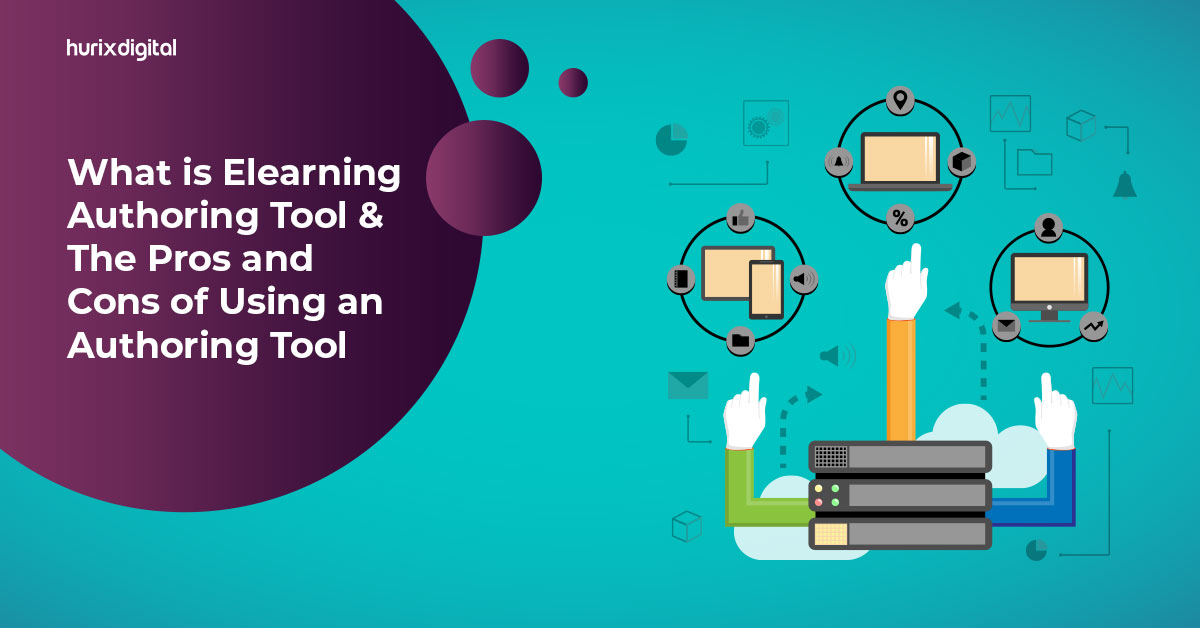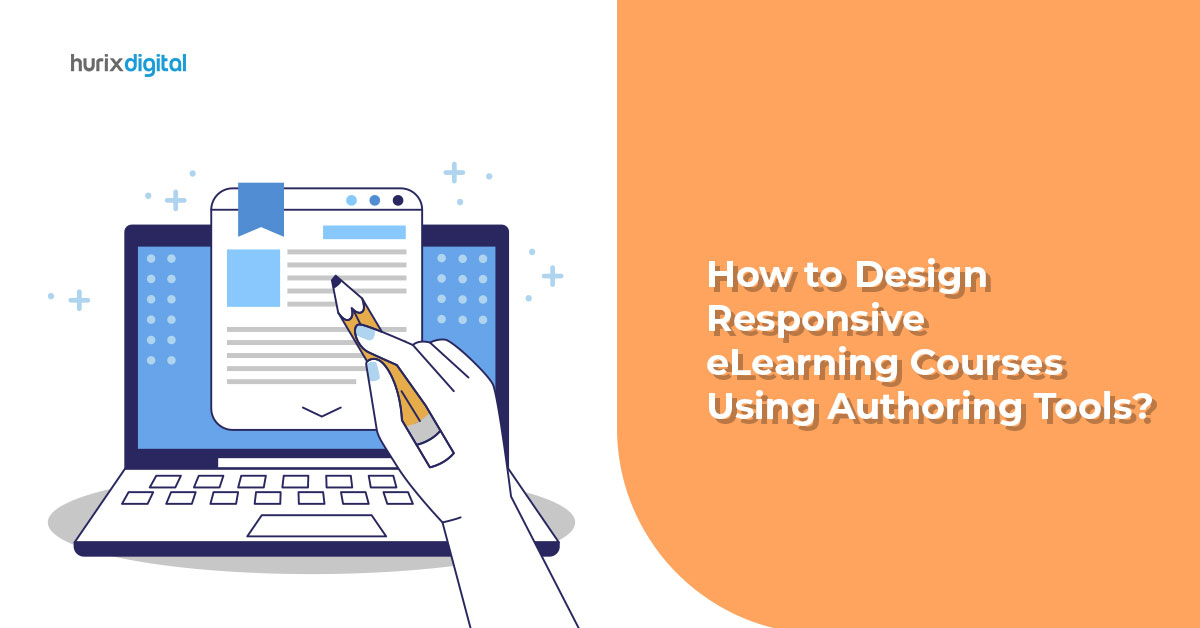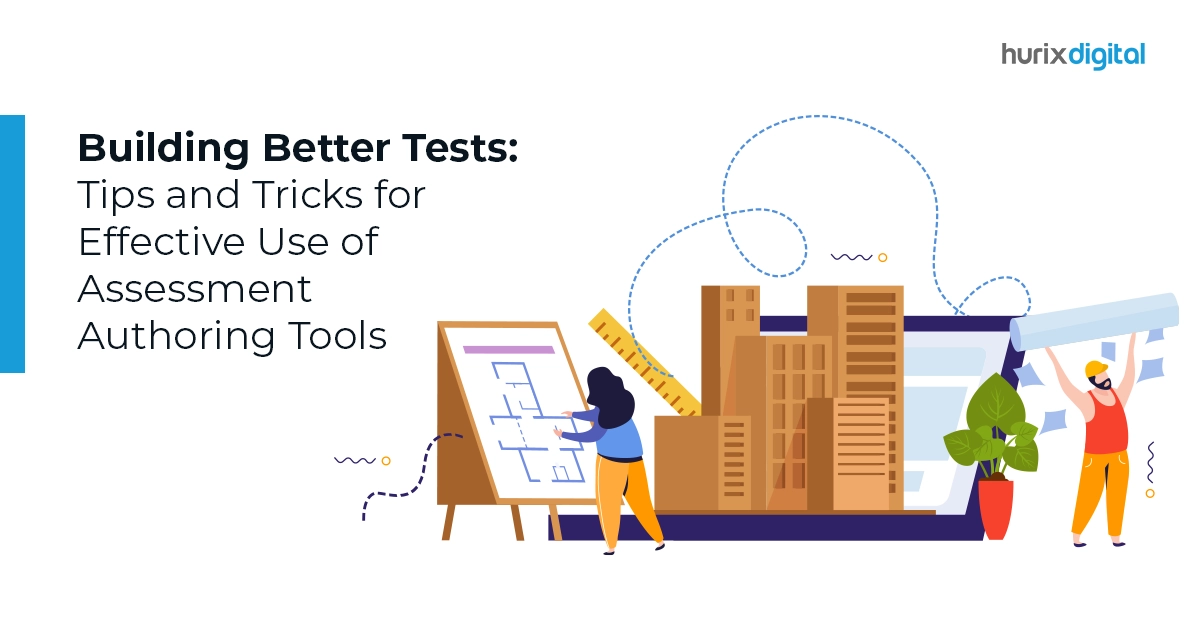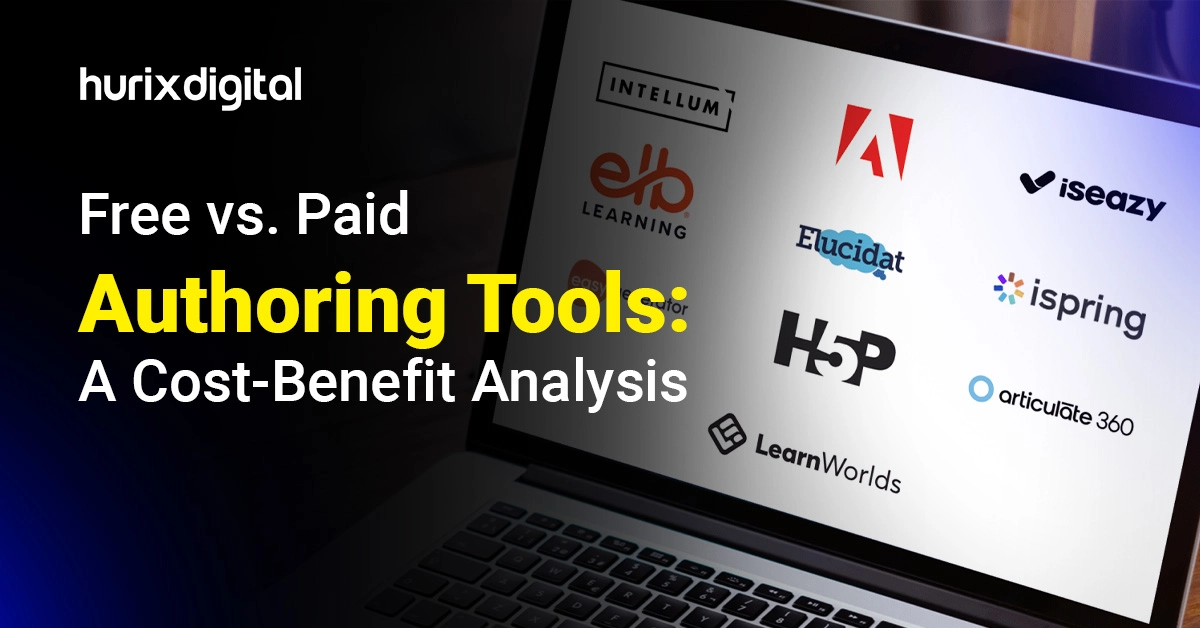
What is Elearning Authoring Tool & The Pros and Cons of Using an Authoring Tool
In 2020, the global e-Learning content market was valued at $197 billion. By 2030, the projected value is estimated to be $ 840.11 billion, growing at a compound annual growth rate of 17.5%.
The interactive, accessible, and cost-effective attributes of eLearning have accelerated consumer adoption of this learning mode. It is fast becoming the go-to mode for learning around the world.
Publishers or businesses that leverage eLearning content in their business models are looking to produce high-quality content.
Contemporary elearning includes a mix of video, audio representation, infographics, virtual reality, gamification, interactive assessments, and other elements that are a crucial mix for delivering an engaging learning experience.
Businesses in the field of eLearning face a critical challenge – how can they create and distribute such high-quality interactive content?
In this blog, we deconstruct the role of authoring tools in creating eLearning content, the pros and cons of using them, and the way forward for publishers looking to create high-quality, edgy eLearning content.
What is an eLearning Authoring Tool?
An eLearning authoring tool is essentially software that enables publishers and content creators to build digital learning content. They can range from basic software such as word documents, or a blog publishing platform.
Some authoring tools enable the embedding of multimedia content to make it more interactive. They may be used by a wide range of content creators. These can include K12 publishers, companies producing scientific journals, universities, and the L&D departments of universities.
The capabilities, limitations, and efficiency of authoring tools vary. Let us understand the pros and cons of using such tools to create eLearning content.
The Pros
Here is a snapshot of the top advantages of authoring tools:
- Authoring tools are designed to help content creators deliver elearning content within a brief period. Various templates are maybe available to support the content creators in building structure into their content. This brings down the turnaround time significantly.
- Authoring tools are typically designed to also be user-friendly. For instance, blog interfaces make it extremely simple for authors to include visuals in programming with videos. One does not require any kind of training or coding experience to develop learning content using these tools.
- Most authoring tools are free of cost to use. Some do have a subscription-based model, which is usually cost-effective. This makes it accessible to a wide range of amateur content creators, as well as professional content creators such as publishers.
- Authoring tools enable various add-ons based on the requirements of the content creator. For instance, it can enable the distribution of the latest content via email and social media. Some plugins allow higher interactivity of the content.
The Cons
As expected, authoring tools also come with some disadvantages, or rather limitations, as follows.
- Authoring tools tend to come with pre-existing templates. This limitation prevents publishers from coming out with content that has an original and unique design.
- They may offer limited creative control. For instance, you may be allowed to integrate some aspects of personal branding. You may also have access to some types of interactive elements. However, if you want to use technology such as virtual reality experience, you may not be able to do so.
- eLearning publishers are using ebooks in a major way. eBooks are no longer PDF versions of paper textbooks; they can be highly interactive. They may feature elements such as videos, audio representations, infographics, and interactive assessments. They also enable teachers and learners to communicate via the eBook itself. For instance, they can highlight sections and leave comments. They can also search for content with ease. However, authoring tools do not have the necessary capabilities to develop such high-quality interactive ebooks.
- Another limitation is secure distribution. It becomes extremely easy to plagiarise and duplicate content that is produced via authoring tools. This might diminish revenues for businesses.
Benefits of a Digital Publishing Platform
Professional publishers of eLearning content need access to high-quality software, which enables them to publish content at scale.
Multiple creators must be able to collaborate on the same project seamlessly and deliver a superior eLearning product. This is where access to a digital publishing platform can solve many existing challenges due to a wide range of capabilities.
Here is a snapshot of how such a solution can support eLearning publishers in meeting their goals:
- A digital publishing platform is a single, unified interface that enables seamless creation, publishing, and distribution of eLearning content from one place.
- For instance, eLearning publishers can add text, audio, video, and other elements systematically without becoming overwhelmed. They can bring out superior-quality content that is interactive and accessible.
- All information and content are stored on the cloud. This makes it easy for team members in multiple locations to collaborate on a project at any given time.
- It is easy not really to create and publish a project. It is just as easy to upgrade content with new elements. This is an important value-add for eLearning content which keeps you always.
- Here’s another valuable capability. Digital rights publishing platforms come with digital rights management software. It enables eLearning publishers to distribute content only to authorized users. For instance, if students purchase or rant for an eTextbook online, the publisher will be able to give them direct access to the book for a specified period.
- Language has been a long-time barrier in eLearning content. A superior digital publishing platform enables the publishing of content in languages that have a right-to-left script.
Conclusion
Consumer demands for eLearning content keep increasing. Publishers of K-12 and other eLearning content need the best tools at their disposal to keep pace with consumer expectations and produce high-quality content.
While eLearning authoring tools have their benefits, they also have certain limitations. For instance, they may not have secure distribution capabilities. This is where state-of-the-art digital publishing platforms can offer publishers and other businesses in the eLearning space the framework to produce and securely distribute high-quality eLearning content at scale.
If your business is looking to create, publish and distribute high-quality eLearning content, Hurix Digital is geared to support you in meeting all your company’s content needs. Our state-of-the-art digital publishing platform is available both as a licensed version (one-time buy) and via a subscription model.
Get in touch with us to start a conversation.

Performance, Results, Growth, and Life-Long Learning define my professional life. I am passionate about making workplace learning planful, purposeful, and impactful. I take pride in partnering with clients and bringing them the best in learning design and creating solutions that address business challenges.








